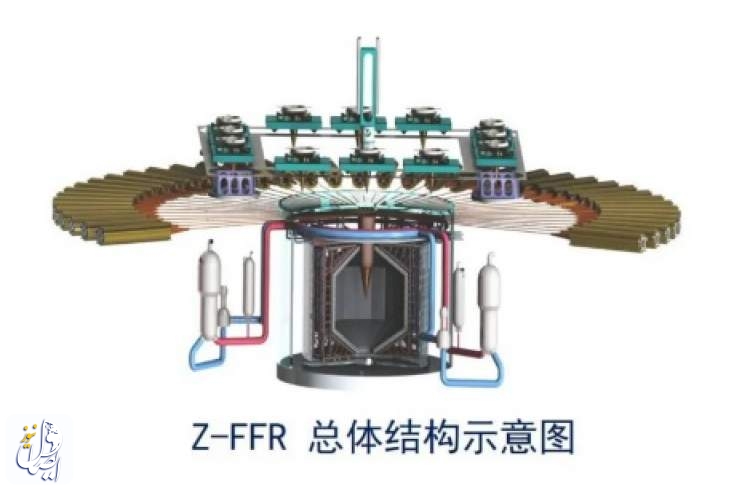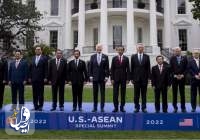Peng Xianjue unveils plans for combined fusion-fission reactor that could make China world’s first to achieve the elusive viable energy source. No country has so far managed to build a facility that generates more power than it uses in the fission process.
- Nvidia dethrones Tesla as Wall Street's most traded stock
- President Raisi tours iHiT exhibition of Iranian technology products
- Could AI carry out coups next unless stopped now?
- Family-oriented media literacy education, an evolutionary branch of academic media literacy education
- that 'Oumuamua's speed-up was due to the release of hydrogen gas as the comet warmed up in the sunlig
- Elon Musk showed off on Friday a prototype of its humanoid robot Optimus
- The Chinese government has approved construction of the world’s largest pulsed-power plant by 2028
- China finds unknown mineral in lunar soil samples
- China looks for silver lining in latest US restrictions on artificial intelligence chips
- Better photosynthesis increases yields in food crops








